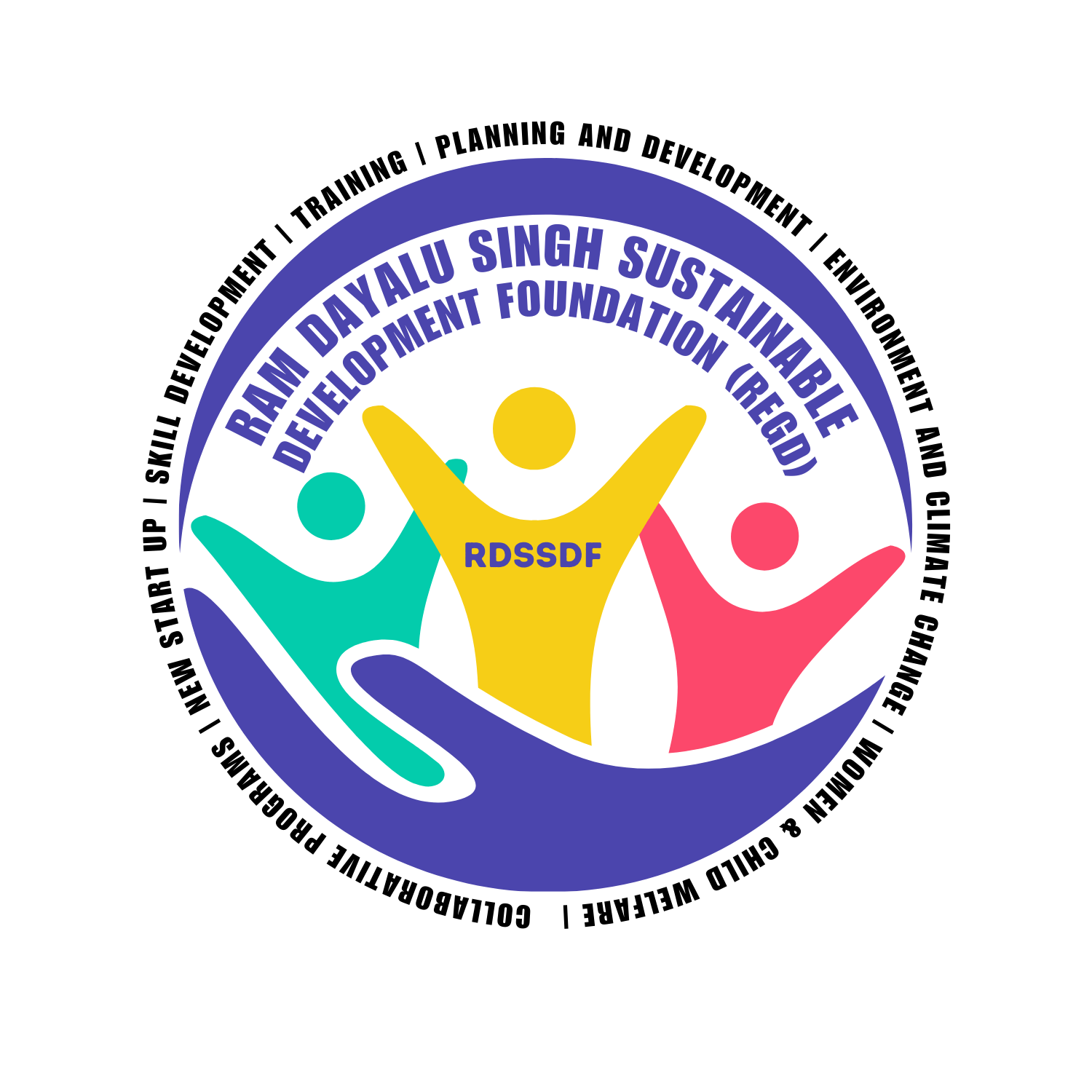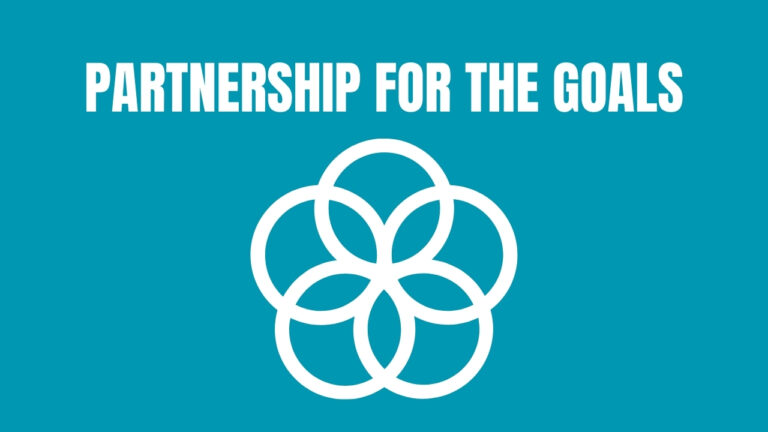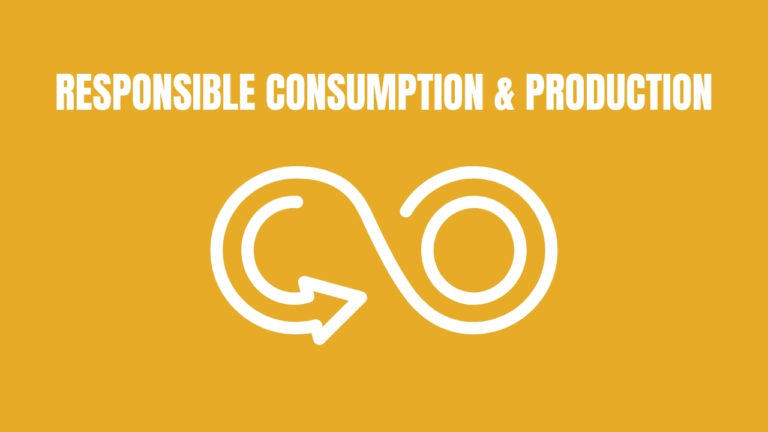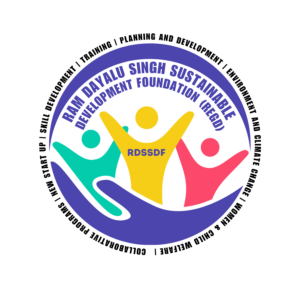Goal Overview
By 2030, make cities and human settlements inclusive, safe, resilient, and sustainable.
Key Targets and Indicators
- By 2030, ensure access for all to adequate, safe, and affordable housing and basic services and upgrade slums.
- Indicator: Proportion of urban population living in slums, informal settlements, or inadequate housing.
- By 2030, provide access to safe, affordable, accessible, and sustainable transport systems for all, improving road safety, notably by expanding public transport, with special attention to the needs of those in vulnerable situations, women, children, persons with disabilities, and older persons.
- Indicator: Proportion of population that has convenient access to public transport, by sex, age, and persons with disabilities.
- By 2030, enhance inclusive and sustainable urbanization and capacity for participatory, integrated, and sustainable human settlement planning and management in all countries.
- Indicator: Ratio of land consumption rate to population growth rate.
- Strengthen efforts to protect and safeguard the world’s cultural and natural heritage.
- Indicator: Total expenditure (public and private) per capita spent on the preservation, protection, and conservation of all cultural and natural heritage.
- By 2030, significantly reduce the number of deaths and the number of people affected and substantially decrease the direct economic losses relative to global GDP caused by disasters, including water-related disasters, with a focus on protecting the poor and people in vulnerable situations.
- Indicator: Number of deaths, missing persons, and directly affected persons attributed to disasters per 100,000 population.
- By 2030, reduce the adverse per capita environmental impact of cities, including by paying special attention to air quality and municipal and other waste management.
- Indicator: Annual mean levels of fine particulate matter (e.g., PM2.5 and PM10) in cities.
- By 2030, provide universal access to safe, inclusive, and accessible, green, and public spaces, particularly for women and children, older persons, and persons with disabilities.
- Indicator: Proportion of urban area that is open space for public use for all, by sex, age, and persons with disabilities.
Strategies and Actions
- Promote affordable housing: Implement policies and programs that ensure access to adequate, safe, and affordable housing for all, including upgrading slums and informal settlements.
- Enhance public transportation: Develop and expand safe, affordable, and sustainable public transport systems, with a focus on vulnerable groups.
- Strengthen urban planning: Foster inclusive and sustainable urbanization through participatory and integrated human settlement planning and management.
- Protect cultural and natural heritage: Invest in the preservation and protection of cultural and natural heritage to safeguard the identity and history of communities.
- Improve disaster resilience: Implement measures to reduce the risk and impact of disasters, particularly for the poor and vulnerable, by enhancing early warning systems and disaster preparedness.
- Reduce environmental impact: Promote sustainable practices in waste management and air quality control to minimize the environmental footprint of urban areas.
- Create inclusive public spaces: Develop safe, inclusive, and accessible green and public spaces that cater to the needs of all community members, especially marginalized groups.
FAO Actions to Support Monitoring
- Capacity building: Provide training and capacity-building programs for local authorities and urban planners on sustainable urban development practices.
- Technical assistance: Offer technical assistance in developing and implementing urban policies and plans that promote inclusivity, safety, resilience, and sustainability.
- Research and data collection: Conduct research and gather data on urbanization trends, housing, transportation, and environmental impacts to inform policy-making and track progress.
- Guidelines and best practices: Develop and disseminate guidelines and best practices for sustainable urban development and disaster risk reduction.
- Advocacy and awareness: Promote awareness and advocate for policies that support inclusive, safe, resilient, and sustainable urbanization through campaigns, workshops, and public events.
Conclusion
Creating inclusive, safe, resilient, and sustainable cities and human settlements is essential for fostering social well-being, economic development, and environmental sustainability. By promoting affordable housing, enhancing public transportation, strengthening urban planning, protecting cultural and natural heritage, improving disaster resilience, reducing environmental impact, and creating inclusive public spaces, we can achieve SDG 11. Together, we can build cities and communities that are equitable, vibrant, and sustainable for all.





 Welcome to Ram Dayalu Singh Sustainable Development Foundation (RDSSDF), a beacon of hope and progress for the sustainable development of India. As a National Level Public Charitable Trust, it is dedicated to providing comprehensive support and innovative solutions.
Welcome to Ram Dayalu Singh Sustainable Development Foundation (RDSSDF), a beacon of hope and progress for the sustainable development of India. As a National Level Public Charitable Trust, it is dedicated to providing comprehensive support and innovative solutions.